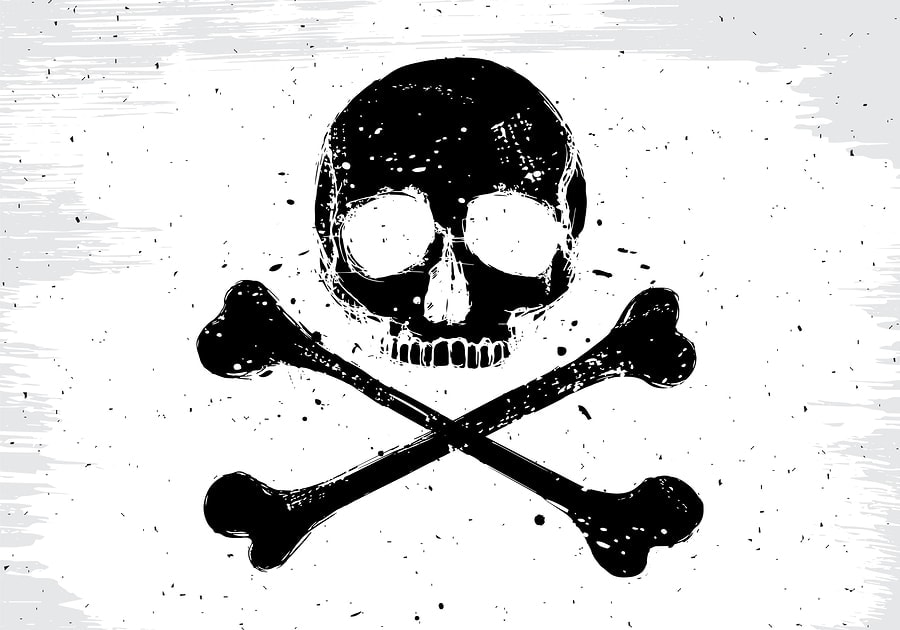As digital ad spend keeps rising, we have to ask: Is traditional paid media dead, meeting the end of the road? While it’s true that digital media and content marketing are gaining in some circles, that’s not true for all market categories. Curious which ones? Here’s a closer look at the current ad spend environment.
Last Traditional Media Holdouts Going Digital
One of the most dependable categories for magazine ad revenue has traditionally been the luxury fashion market. As print ad spending began to decline with the advent of other options, many luxury brands hung on.
However, it appears the magazine industry is due for another ad revenue setback, as these last holdouts increase their digital ad spend. Last month, Business Insider reported that luxury fashion brands, including Gucci and Louis Vuitton, are sending a larger share of their ad spend to digital.
Digital ads for luxury brands were up 63% in 2016, to over $1 billion, while print ad spend declined 8%. The report says high-end luxury still spends 73% on print, but the next tier down of luxury brands — cars, cosmetics, perfumes — is already putting 30% into digital and is expected to ramp it up in the next few years.
Across the Pond, Digital Dominates
Our advertising friends across the Atlantic appear to be going all in for digital, according to a couple of sources. A sizeable gap has opened up between digital and television ads in Europe, according to BizReport.com.
In just ten years, the total online European digital ad spend has spiked from €6.6 billion in 2006 to €41.8 billion in 2016 (about $47.5 billion USD). Search ad spend dominates in the EU, growing 12.9% last year to €19.1 billion ($21.7 billion USD), while video content marketing is also growing (now more than 18% of Europe’s display market share). And mobile is said to be driving it all.
This year, the Interactive Advertising Bureau (IAE) predicts 10% growth or more over 2016 digital ad spend for Europe. Video will become a primary battleground and consolidation to a few top players is expected.
Digital Ad Spend Cutbacks
On the other hand, digital ad spend is reportedly decelerating for Facebook, YouTube, and some other social media networks. According to Adweek, Facebook forecast just such a slowdown last year. Now it appears to be happening.
A new article says three agencies, Wpromote, iCrossing, and another firm in New York that wanted to stay anonymous, were cutting back ad spend on Facebook for Q2. “Our clients are getting more savvy and sophisticated with their uses of Facebook and know what the right efficiency balance is for their campaigns,” said one agency VP. Overall, it appeared the agencies’ brands clients wanted to get a better picture of their ad-spend value before spending more.
In fact, those guys aren’t alone. Another Business Insider article reported last month that Procter & Gamble and Unilever — two of the world’s biggest advertisers — are cutting way back on digital spend. One estimate put the ad spend decrease at 41% year over year for P&G and 59% for Unilever.
More concretely, P&G slimmed down its website footprint from 1,459 sites in 2016 to 978 in 2017, Unilever dropped from 606 website placements to 540. Spend per site was also said to be down. “We need to make sure the digital supply chain is less murky,” Unilever CMO Keith Weed said recently. Both companies have been pushing for more transparency from Facebook and YouTube ad platforms. The article says these mass-market brands may even drift back towards mass communications.
Takeaways for Marketers
The biggest takeaway for marketers from all this is that we have not yet reached the digital advertising singularity. There are still different options that work better for different agencies and different brands.
TV still has its draw for particular advertisers pursuing a primarily mass-market audience, while digital, mobile, and video are all charging ahead for other market sectors.
Overall, a trajectory from traditional media to digital media is pretty clear — even if particular parts of the market appear to be moving that direction in fits and starts. And the biggest holdup for more digital ad spend still appears to be digital ad platforms themselves, that — while they do provide value and are making improvements — aren’t doing that fast enough for some companies. As this improves, I expect more ad spend will come over digital and the singularity, at least for advertising, will be one step closer.
